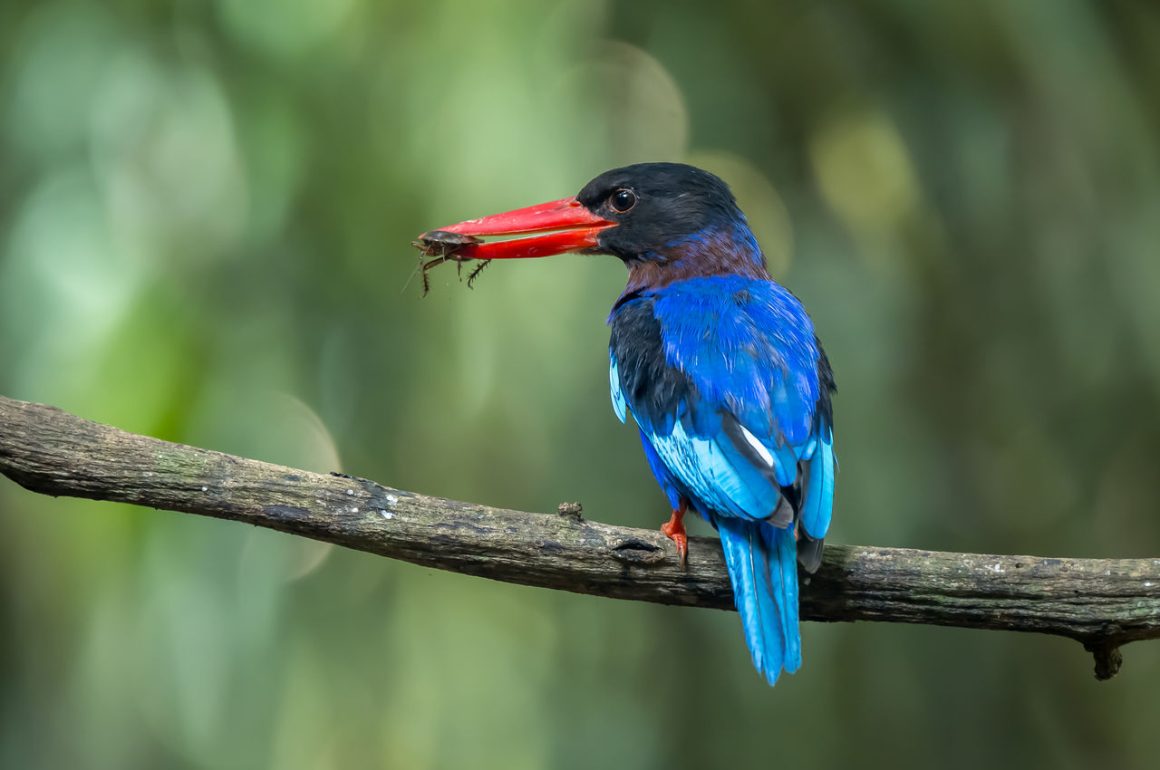
In the Pronojiwo area of East Java, there is an unassuming hide at the edge of a village. It hosts two species of kingfishers.
One is the Blue-eared Kingfisher, a kingfisher with a rather wide range covering large areas of South-East Asia and India.
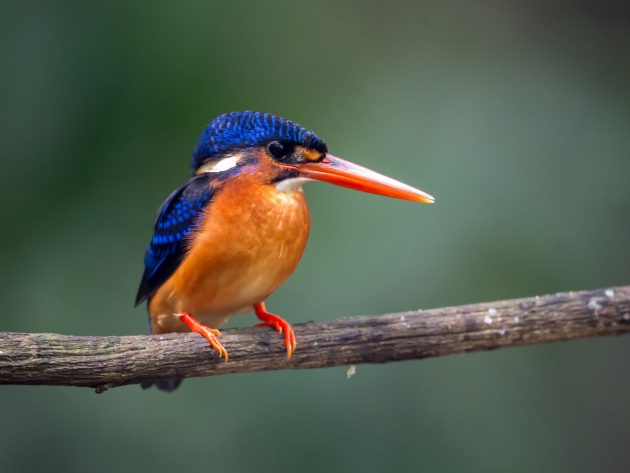
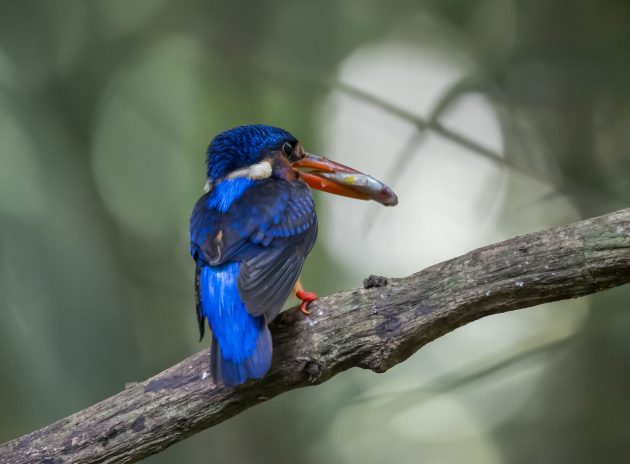
Unexpectedly – given the colors of this species – eBird seems a bit underwhelmed: “A diminutive dark blue kingfisher with no rufous on the ear-patch”.
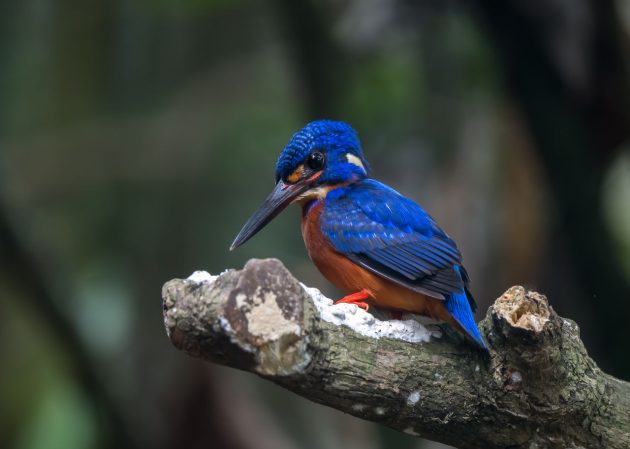
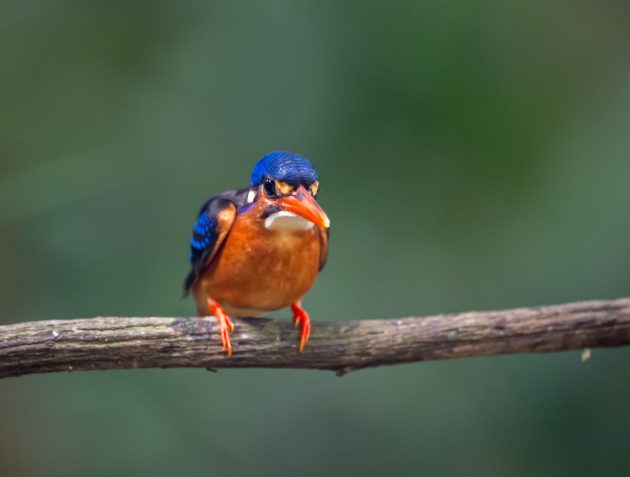
To my surprise, reading about it, I learned it is smaller than the Common Kingfisher – I guess its more intense colors made me think it must be larger. In my defense, the bird flew away when I took out my tape measure to measure it.
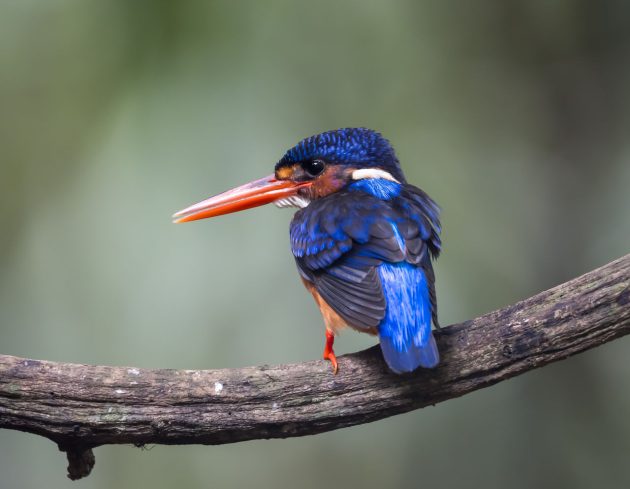
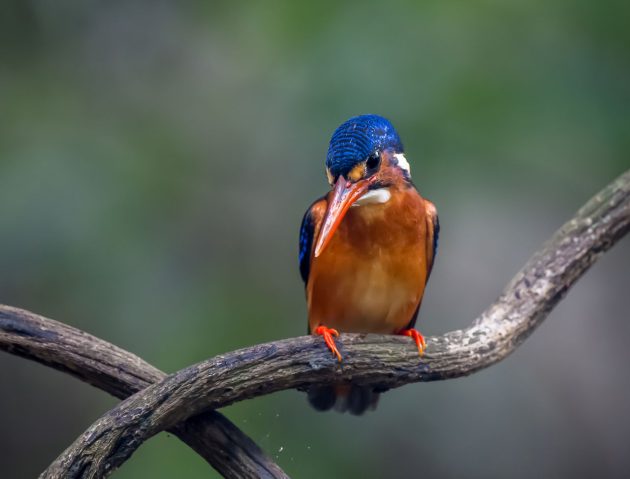
One paper gives a remarkable breeding success of 80% – it also has some attractive photos for those interested in seeing very young kingfisher chicks, and those enjoying kingfisher pornography.
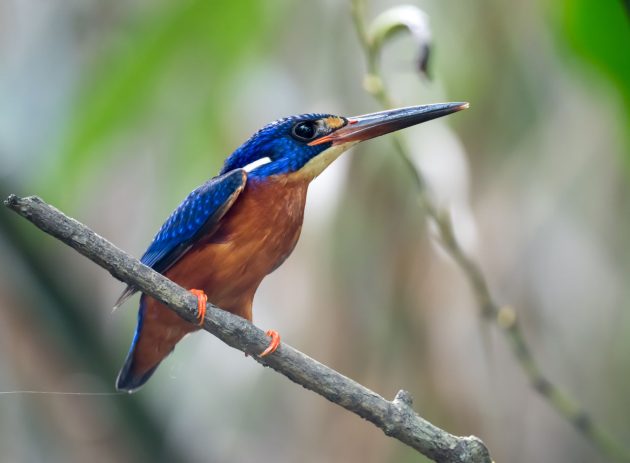
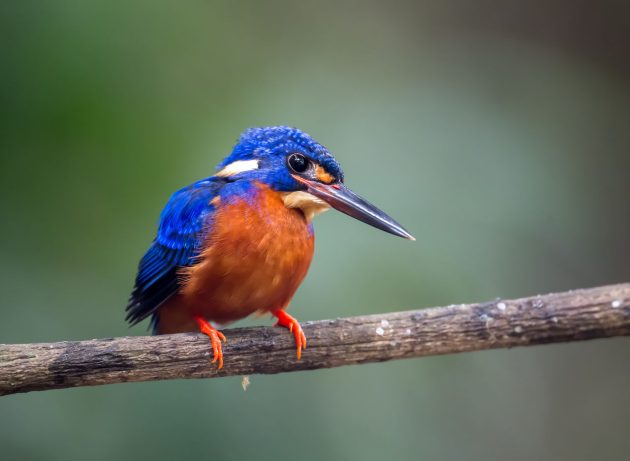
The scientific name Alcedo meninting is not particularly interesting – meninting is just the Javanese name for this kingfisher, turned into the scientific name by Horsfield, who seems to have named a lot of species in this area.
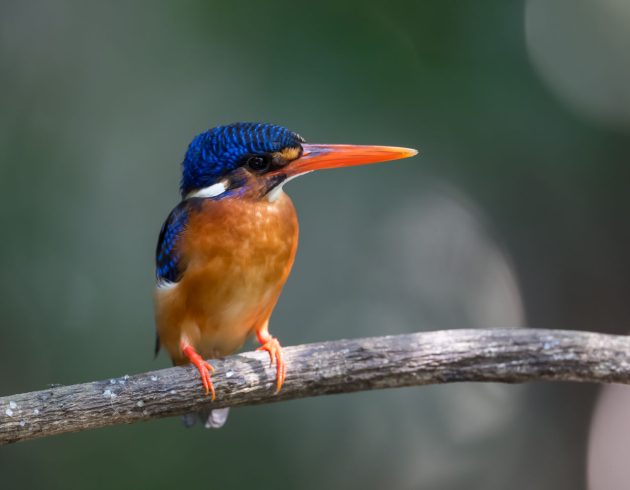
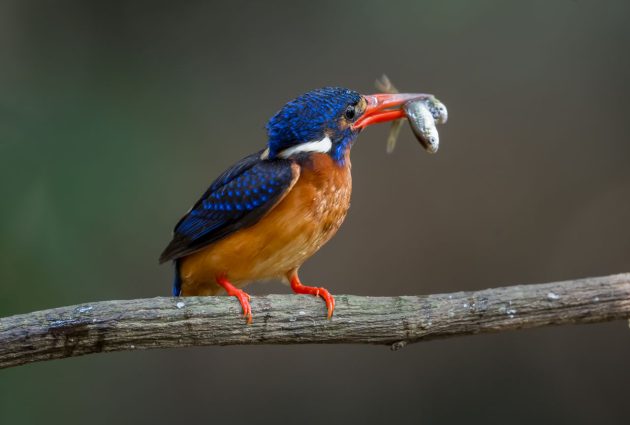
The bill of the male is mostly black while that of the female has more red or is even entirely red. Homework: Please determine the sex of all Blue-eared Kingfishers shown here.
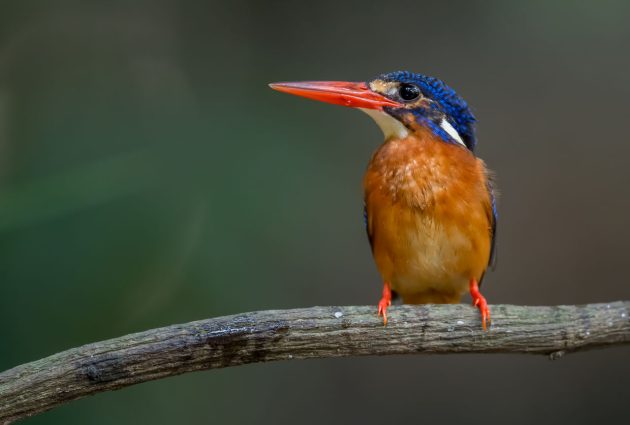
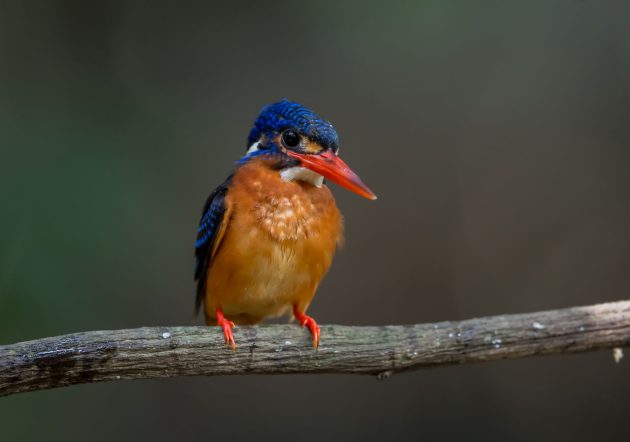
The second one is the Javan Kingfisher, even more of a stunner than the first and one of the main reasons for me to come to Java in the first place.
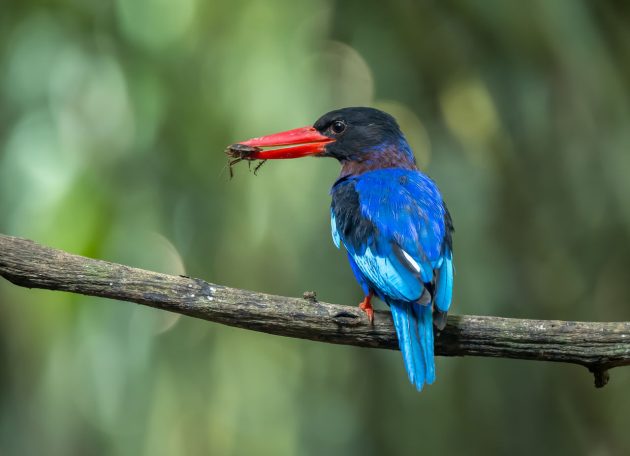
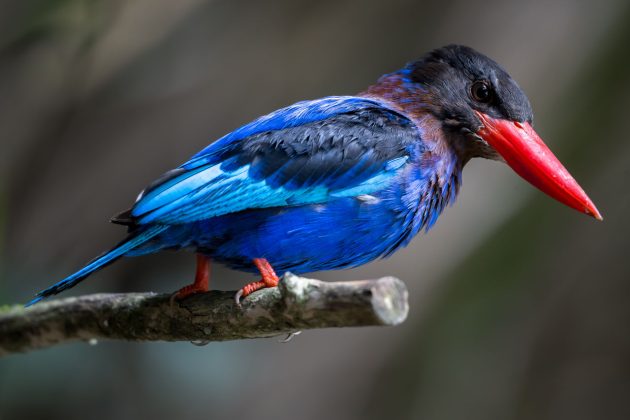
eBird also gets a bit more excited about this species: a “large kingfisher with a massive lipstick-red bill” (cue my usual Robert Smith reference here).
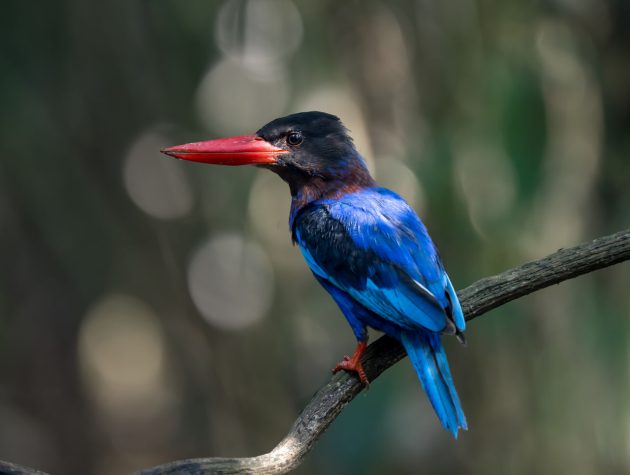
It is endemic to Java and Bali -while categorized as Least Concern, its range seems to be contracting (source: Cornell).
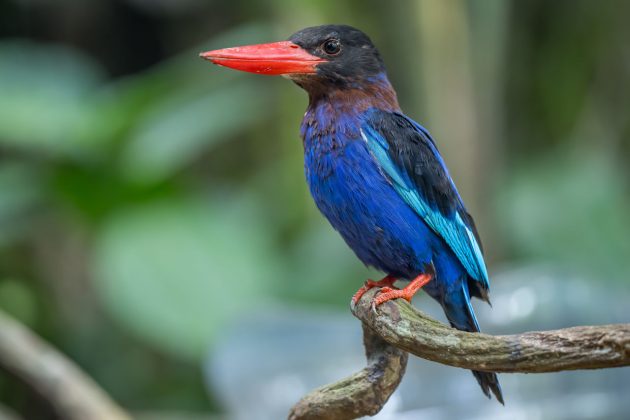
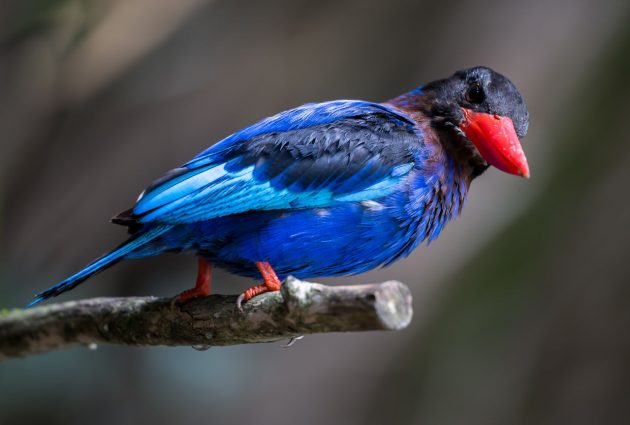
The scientific name Halcyon cyanoventris indicates that the species has a dark blue belly – a solid choice for a name.
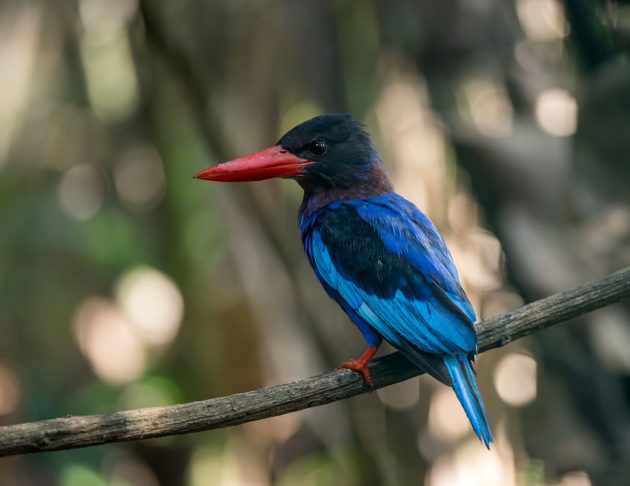
Javan Kingfishers seem fairly eclectic in their food choice. One paper looked at what nestlings are being fed – the top four entries were freshwater crabs, two species of frog, three species of cicada, and Kuhl’s Flying Gecko. The paper has nice photos of the kingfishers carrying each of these items.
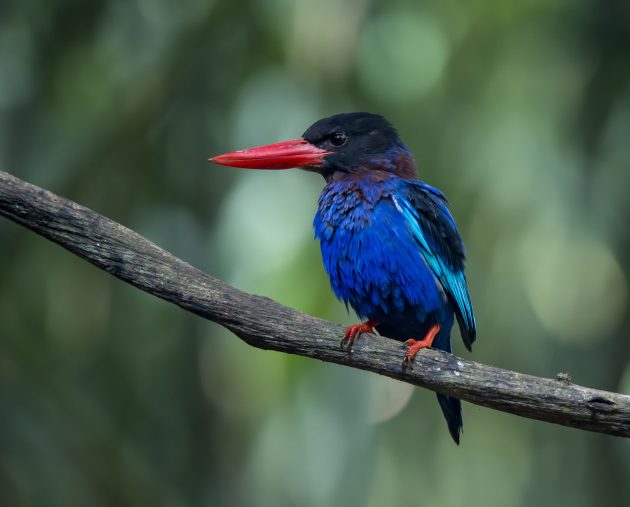
The paper also describes how the parents try to lure the nestlings out of the nest tunnel by approaching the entrance with prey items but not entering – until eventually, the nestlings come out. I have tried similar things to get kittens out of their hiding places.
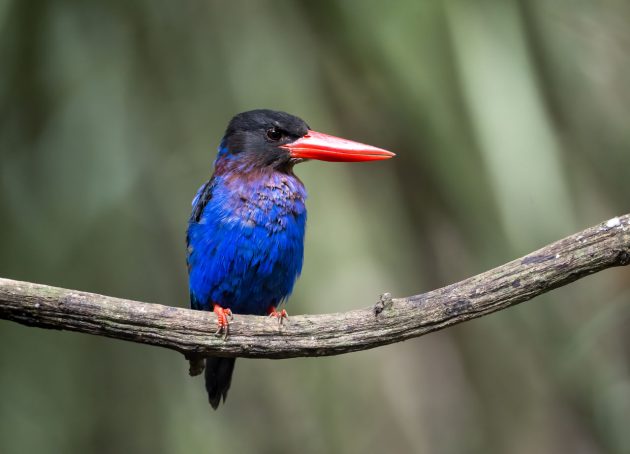
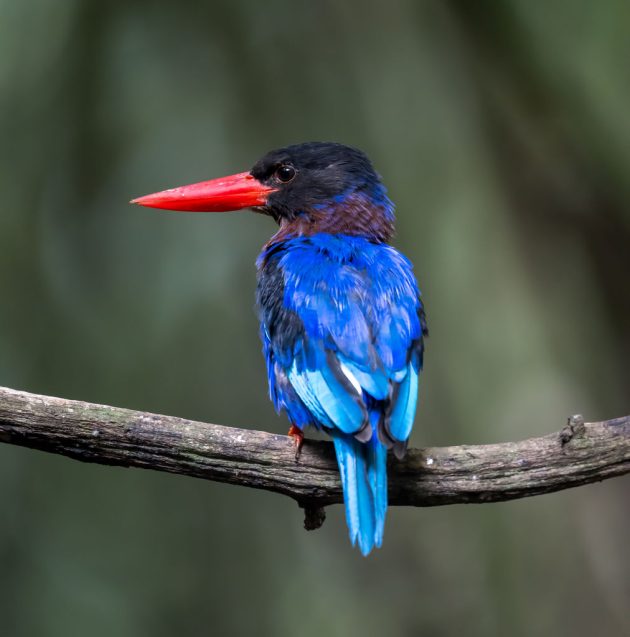
One interesting aspect of the paper is the thank-you note, which seems to indicate that the villagers have taken up the task of protecting the birds: “The first author is very grateful to … [the] villagers for their strong commitment to protect the birds as set out in their Village Regulation.”
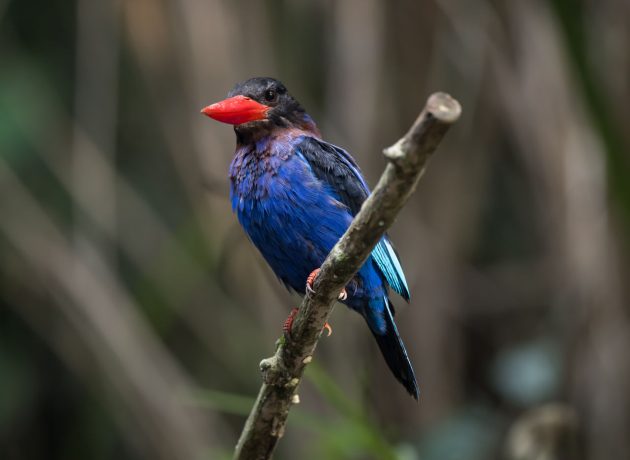
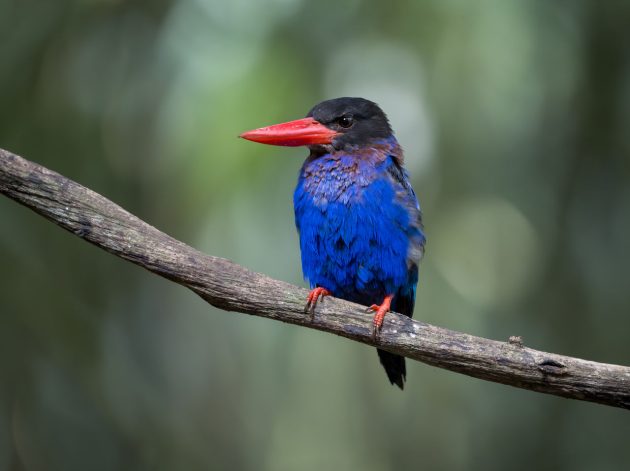
Finally, should you ever have a strong urge to see a combination of two Javan Kingfishers and an Emily Dickinson poem (you can easily guess which one), check out this website of the Association of Avian Veterinarians. Maybe you can also send them an email and tell them how to correctly spell the poet’s last name.
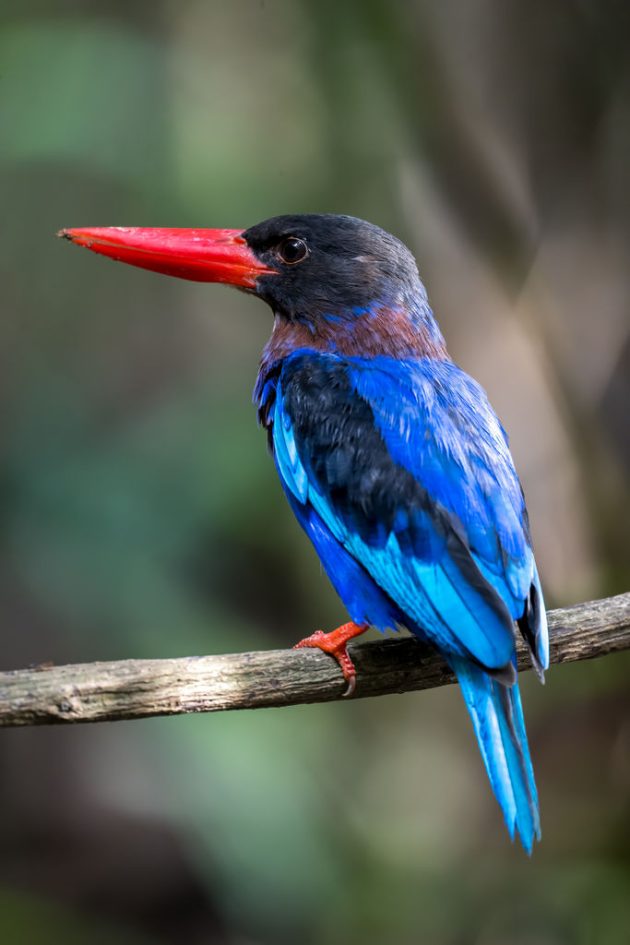







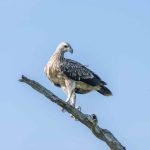
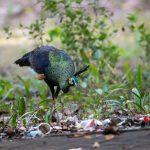
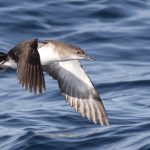
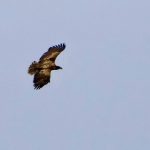

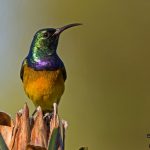
Birding Java has risen to the top if my wishlist.